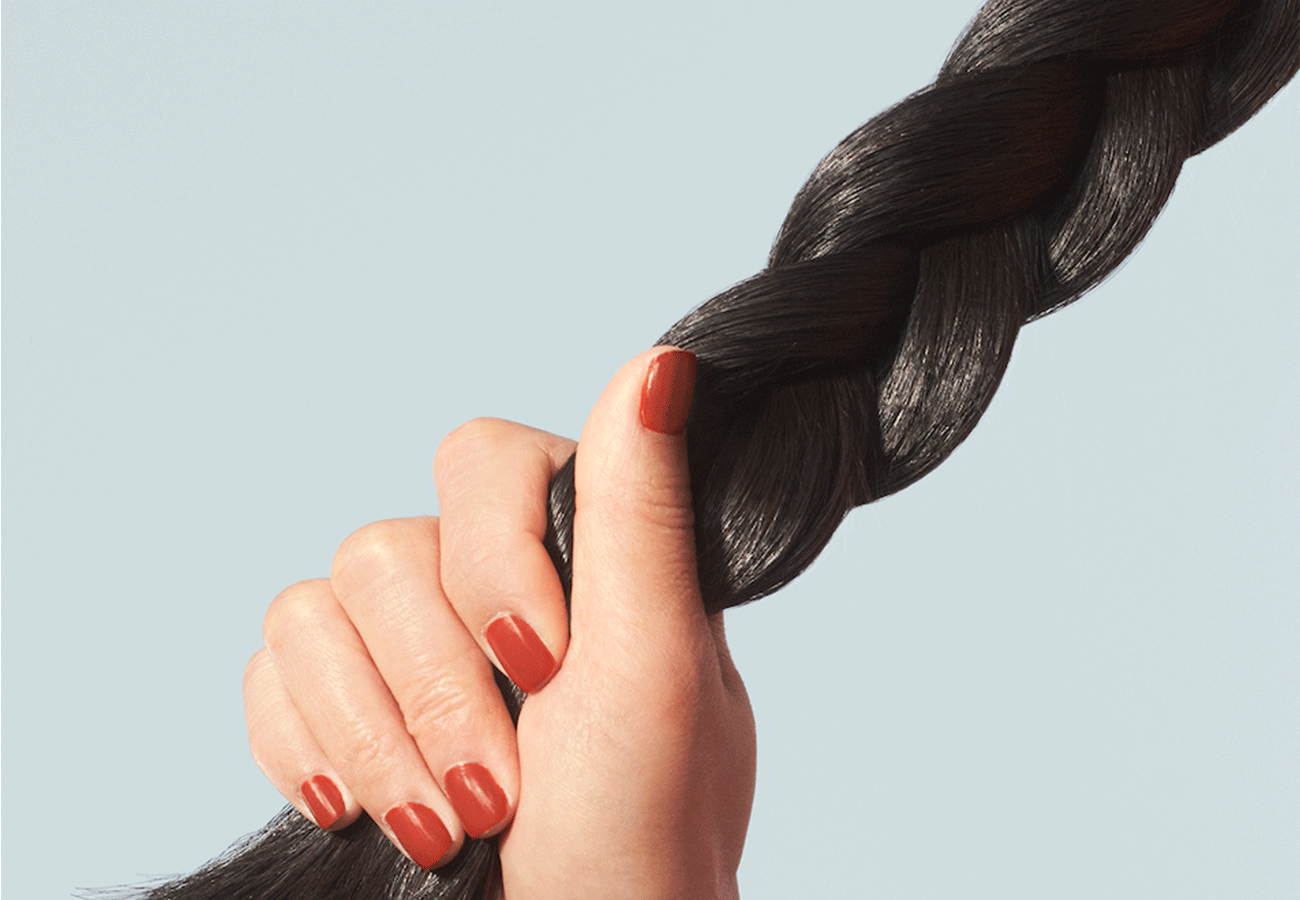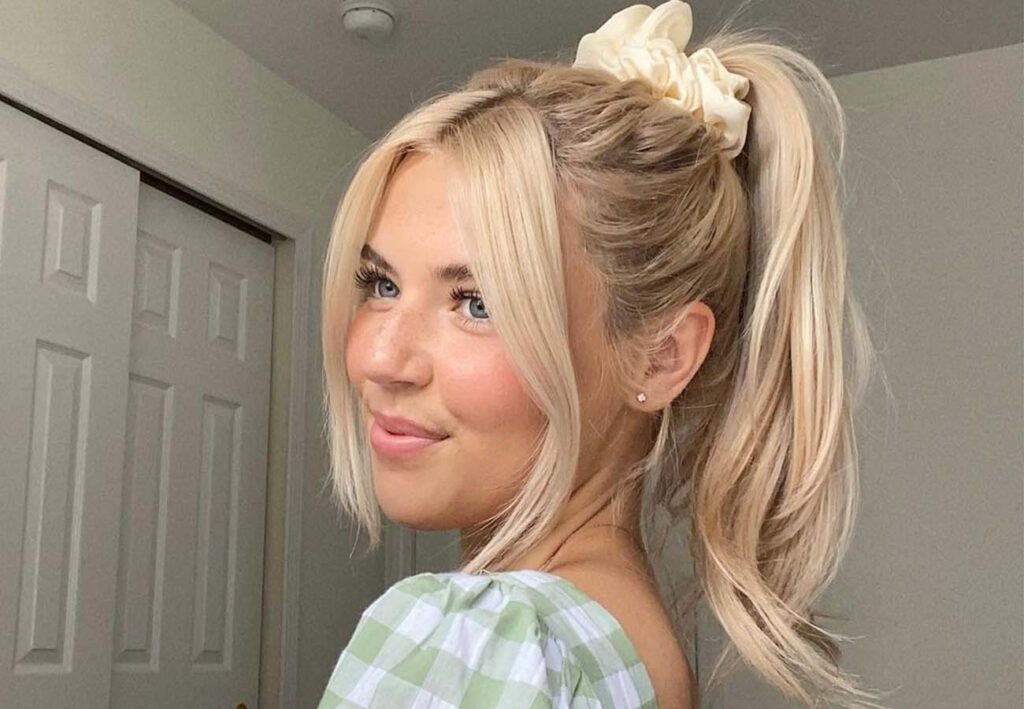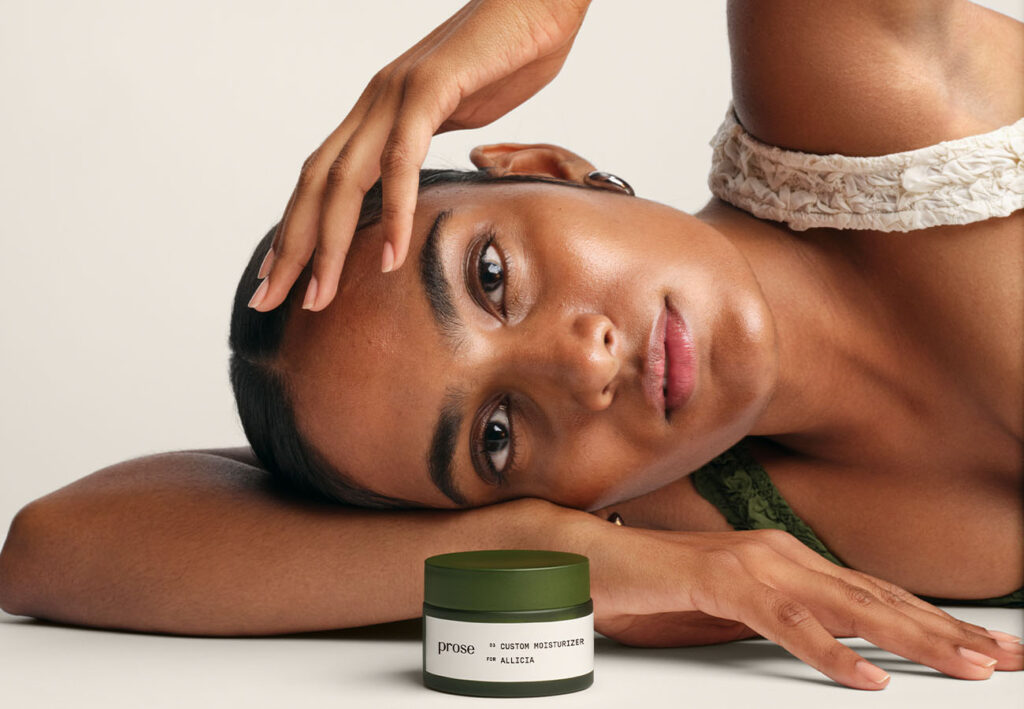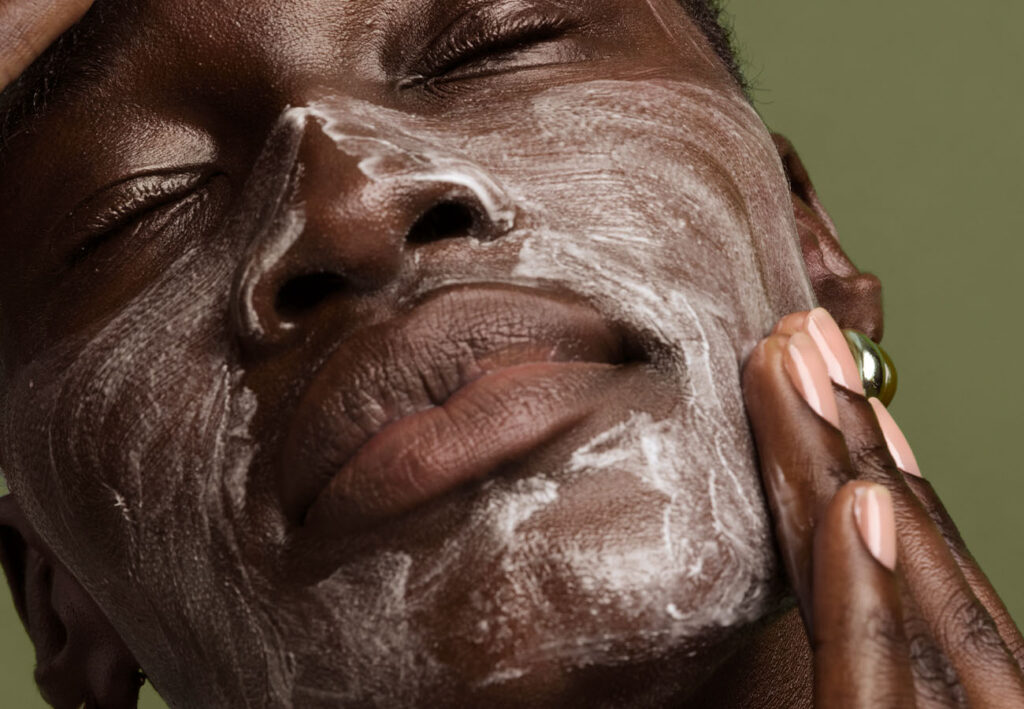How to Make Hair Thicker
We have a full spectrum of advice from three experts: Meg DiGiovanni, co-owner and stylist at Salon V in NYC; Gregorio Ruggeri, owner, stylist, and trichologist at Salon Ruggeri in NYC; and Dr. James Collyer, dermatologist at Modern Dermatology in Seattle.
Keep reading to discover expert tips on how to make hair thicker.
Styling Tips by Hair Type
While no two people have the same solution to achieve thick hair, tailoring hair products according to your hair type is the best start. This section is divided into five hair categories: short, long, curly, coiled, and straight.
Here are DiGiovanni’s tips to achieve fuller, thicker-looking hair.
1. Making Short Hair Thicker
DiGiovanni suggests using a texturizing powder, like dry shampoo, if your hair is short. She says, “A few taps of powder at the root when dry will soak up excess oils to create more volume and bring out the texture of a shorter layered cut, while still looking natural.”
2. Making Long Hair Thicker
DiGiovanni tells us that with long hair, it’s important to consider exactly how long that hair has been sprouting from your scalp. Remember, a lot of length means it’s been through many seasons, washes, and wear.
“I always recommend a rejuvenating regimen,” she says. “Washes and rinses with anti-aging, antioxidant-rich ingredients are a great way to help restore luster, shine and fullness for more youthful-looking hair. Add a weightless, nutrient-rich hair oil to your routine.
3. Making Curly Hair Thicker
“For thin curly hair, products rich in antioxidants, vitamins, and amino acids will help give the appearance of thickness while providing strengthening benefits,” DiGiovanni says.
“Looser curl patterns may need more plumping, so look for a weightless, defining curl cream that enhances elasticity. Spiral curls may need more smoothing, so look for moisture-rich products and oil-free leave-in treatments that maintain hydration.”
4. Making Coily Hair Thicker
With coils, it’s all about balancing moisture and humidity, says DiGiovanni. “You want to seal in moisture and keep humidity out. For a natural style, resin- or gel-based products are great to twist and mold curls while keeping natural frizz at bay. Coiled hair strands tend to be thinner and more fragile, so I always recommend nutrient-rich treatment regimens that will help improve elasticity and strength.” Think curl creams and leave-in conditioners.
5. Making Straight Hair Thicker
Again, shorter styles benefit from texture powder, while longer straight hairstyles can use that or a root spray. Straight styles might get additional lift from back brushing, blow-drying upside down, or a different hair part.
Using Tools to Maximize Hair Thickness
On brushing, blow-drying, and hot tools: Here are Ruggeri’s tips for preventing damaged strands and maximizing volume and density while styling any type of hair.
1. Brushing
“When brushing hair, start from the bottom and work your way up. If you start from the very top of your head, too close to the root, you could tear the hair out from the root,” he says.
2. Blow drying
“Always use a nozzle when blowing out your hair. This ensures the air follows the hair shaft, creating a silky mane,” says Ruggeri.
3. Hot tools
“These can be a great way to promote the appearance of thicker, bouncier hair,” Ruggeri adds. “However, when used incorrectly, these tools can create an incredible amount of damage. Note that once hair is damaged it can often be permanently so.” Fight damage with styling products that contain heat protecting ingredients when using straightening irons, curling tongs, or other hot tools.
Scalp Care For Thick Hair
Scalp care is the root of hair care. Here are some tips, with insights from DiGiovanni and Ruggeri:
- Use scalp-dedicated products: “Scalp detoxifiers and cleansers exfoliate the skin and help rid the follicles of impurities, creating a healthy foundation for new growth and helping fight hair loss,” DiGiovanni says. One such product would be a pre-shampoo scalp mask.
- Wash often enough: It’s possible to wash more often using a more hydrating shampoo, for necessary routine scalp cleansing, Ruggeri notes. This removes excess sebum from the scalp, which allows your follicles to grow thicker, fuller hairs.
- Supplement the scalp: As the next section outlines, you can also improve hair and scalp health from the inside out. A proper supplement regimen can help create harmony and an optimal growth environment on the scalp.* For example, Root Source is Prose’s scalp and hair supplement, promoting stronger, thicker hair, and a healthy and balanced scalp.*
How To Make Hair Thicker With a Prescription
Both men and women experience hair loss for a variety of reasons. It may be due to an underlying medical condition and require a specific drug prescription.
The two most common solutions are minoxidil (the generic for Rogaine), used by both men and women, and finasteride (the generic for Propecia), mainly used by men.
Minoxidil
Minoxidil increases blood flow to the hair follicles, increasing the amount of nutrients available. “As it is now available over the counter, nearly all dermatologists recommend the 5% for both men and women, including myself.”
Finasteride
As for finasteride, Collyer cites the traditional 1 mg tablet that many men consider taking to slow the progression of hair loss, particularly in terms of recession.
“In all cases of hair loss, seeing a board-certified dermatologist should be a person’s first step,” he says. Only then will you know the best solution for your specific case. However, it’s worth noting that any hair lost to recession will not grow back, while any lost to general thinning and androgenetic alopecia may be salvageable within the first couple years of its thinning or loss.
Want Thicker-Looking Hair? Customize Your Approach
Take the Prose consultation quiz, enter your goals, and we’ll recommend a customized formula just for you.
Always made to order. Never made to waste.
Exclusive Trial Offer Get 60% Off + Free Gift
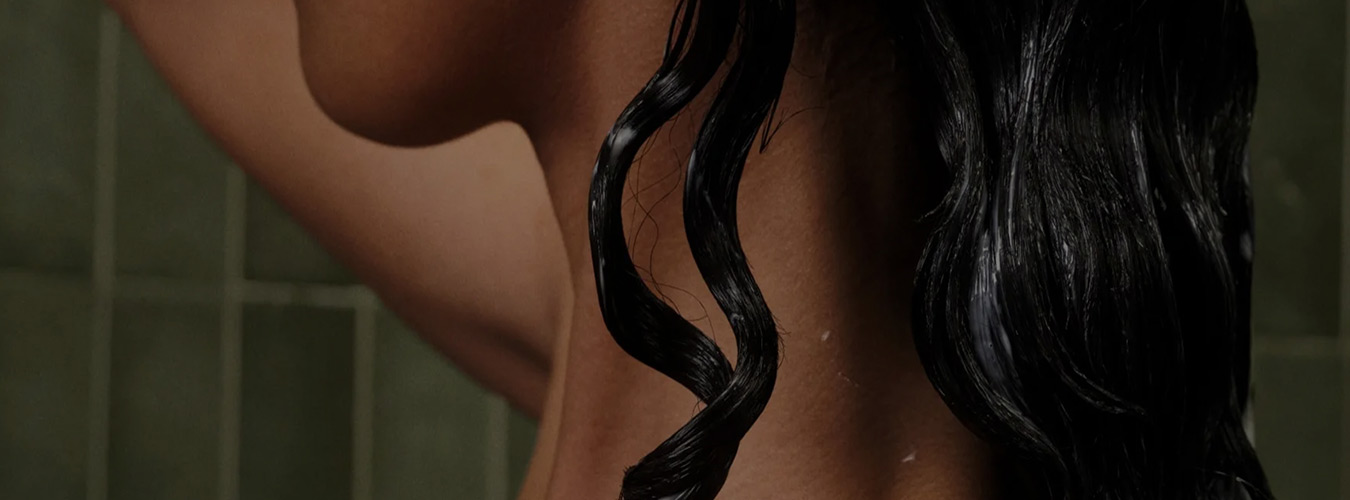
*These statements have not been evaluated by the Food and Drug Administration. This product is not intended to diagnose, treat, cure or prevent any disease.

